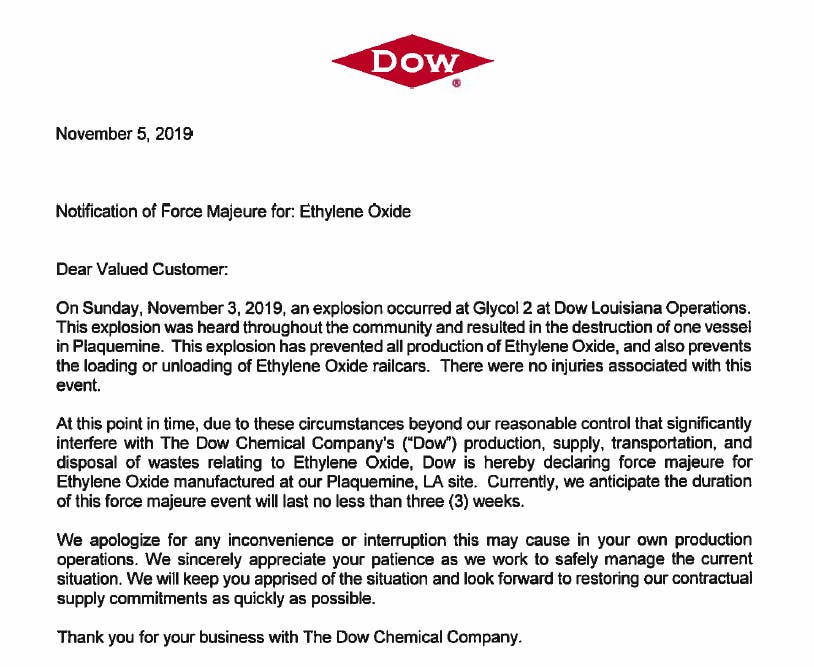* Tariffs imposed during months-long war to be cancelled in phases
* Commerce ministry spokesman does not specify timetable
* Both sides must simultaneously scrap some tariffs
* Comments follow “serious and constructive” discussions (adds China considering lifting restrictions on U.S. poultry imports, market reactions)
By Yawen Chen and Martin Pollard
BEIJING, Nov 7 (Reuters) – China and the United States have agreed to cancel in phases the tariffs imposed during their months-long trade war, the Chinese commerce ministry said on Thursday, without specifying a timetable.
An interim U.S.-China trade deal is widely expected to include a U.S. pledge to scrap tariffs scheduled for Dec. 15 on about $156 billion worth of Chinese imports, including cell phones, laptop computers and toys.
Tariff cancellation was an important condition for any agreement, ministry spokesman Gao Feng said, adding that both must simultaneously cancel some tariffs on each other’s goods to reach a “phase one” trade deal.
“The trade war started with tariffs, and should end with the cancellation of tariffs,” Gao told a regular news briefing.
The proportion of tariffs cancelled for both sides to reach a “phase one” deal must be the same, but the number to be cancelled can be negotiated, he added, without elaborating.
“In the past two weeks, the lead negotiators from both sides have had serious and constructive discussions on resolving various core concerns appropriately,” Gao said.
“Both sides have agreed to cancel additional tariffs in different phases, as both sides make progress in their negotiations.”
He did not give a timeline.
In what could be another gesture to boost optimism, China’s state news agency Xinhua reported late on Thursday that the Chinese customs and the Ministry of Agriculture are considering removing restrictions on U.S. poultry imports.
China has banned all U.S. poultry and eggs since January 2015 due to an avian influenza outbreak.
Beijing’s signal that a ‘phase 1’ trade deal with the United States was close to being sealed helped Europe’s share markets hit a more than 4-year peak on Thursday and bond yields shuffled higher.
TRUMP-XI MEETING
A source previously told Reuters that Chinese negotiators wanted the United States to drop 15% tariffs on about $125 billion worth of Chinese goods that took effect on Sept. 1.
They also sought relief from earlier 25% tariffs on about $250 billion of imports, ranging from machinery and semiconductors to furniture.
A person familiar with China’s negotiating position said it was pressing Washington to “remove all tariffs as soon as possible”.
A deal may be signed this month by U.S. President Donald Trump and Chinese President Xi Jinping at a yet-to-be determined location.
Dozens of venues have been suggested for a meeting, which had originally been set to take place on the sidelines of a now-cancelled mid-November summit of Asia-Pacific leaders in Chile, a senior Trump administration official told Reuters on Wednesday.
One possible location was London, where the leaders could meet after a NATO summit that Trump is due to attend from Dec. 3-4, the official said.
Gao declined to say when and where such a meeting could be.
Since Trump took office in 2017, his administration has been pressing China to curb massive subsidies to state-owned firms and end the forced transfer of American technology to Chinese firms as a price of doing business in China. (Reporting by Yawen Chen and Martin Pollard; Writing by Ryan Woo; Editing by Kim Coghill, Clarence Fernandez & Simon Cameron-Moore)
https://www.agriculture.com/markets/newswire/update-3-china-says-it-has-agreed-with-us-to-cancel-tariffs-in-phases



